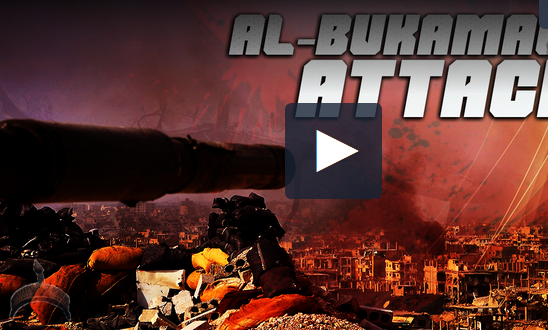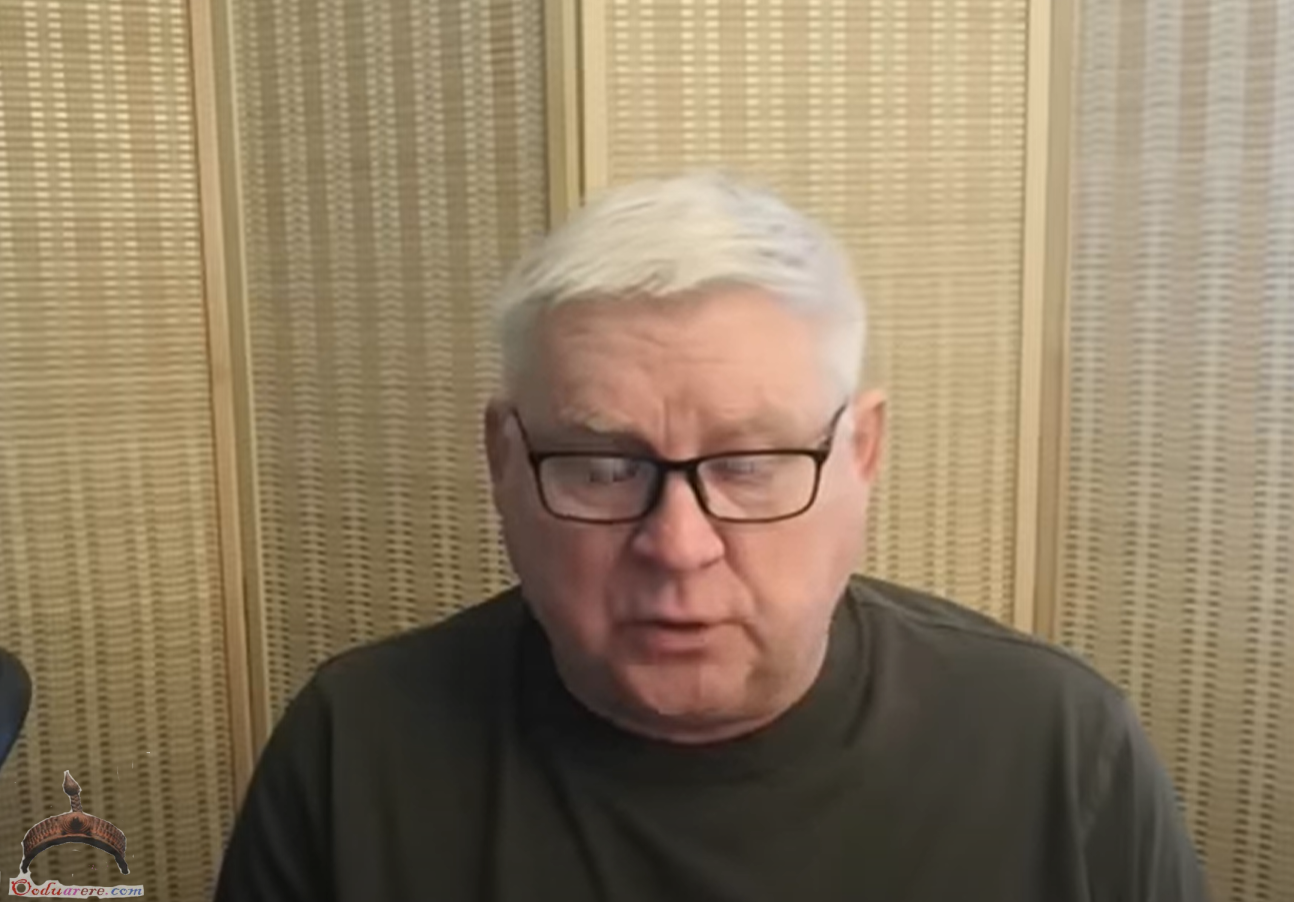Last weekend, the Syrian Arab Army (SAA) and its allies repelled another series of ISIS attacks on the town of al-Bukamal at the Syrian-Iraqi border. ISIS used several suicide bombers and car bombs to break the SAA defense but failed to capture any key positions.
In clashes that took place from June 8 to and June 10, about 35 pro-government fighters were killed, according to pro-opposition sources. In turn, the SAA reportedly killed up to 20 ISIS members and destroyed at least two car bombs.
The SAA also deployed reinforcements, a few fresh units, to stabilize the situation in the area.
According to local sources, all the recent ISIS attempts to capture al-Bukamal involved attacks from the eastern bank of the Euphrates, where the US-led coalition and its proxies from the Syrian Democratic Forces (SDF) should combat the terrorist group.
On June 9, Russian military spokesman Maj. Gen. Konashenkov stated that all the remaining ISIS strongholds in Syria remain in areas controlled by the US-led coalition. Konashenkov’s statement were likely referring to the area of At Tanf and the eastern bank of the Euphrates, where ISIS cells are still pretty active.
Meanwhile, the SDF continued its advance on the town of Dashisha capturing the villages of Abu Hamdah, Shamas and Al-Hulwa. The advance was backed not only by the US-led coalition but also by limited strikes by Iraqi warplanes and artillery, which hit some key ISIS facilities in the border area and the Euphrates Valley.
It is unclear why the SDF and the coalition continue ignoring a group of ISIS-held villages in their area of responsibility of the Euphrates Valley. This ignorance allows some pro-Damascus and pro-Russian sources to speculate that the US-led forces are indirectly encouraging ISIS attacks on government forces.
The SAA also developed its operation against ISIS cells in eastern al-Suwayda liberating the valley of Ar’ar and the village of Rasm Hatite. The ISIS-linked news agency Amaq claimed that 12 SAA soldiers had been killed in the clashes. However, ISIS cells in the area have little chances to resist to government forces for a long time.
 Ọmọ Oòduà Naija Gist | News From Nigeria | Entertainment gist Nigeria|Networking|News.. Visit for Nigeria breaking news , Nigerian Movies , Naija music , Jobs In Nigeria , Naija News , Nollywood, Gist and more
Ọmọ Oòduà Naija Gist | News From Nigeria | Entertainment gist Nigeria|Networking|News.. Visit for Nigeria breaking news , Nigerian Movies , Naija music , Jobs In Nigeria , Naija News , Nollywood, Gist and more








